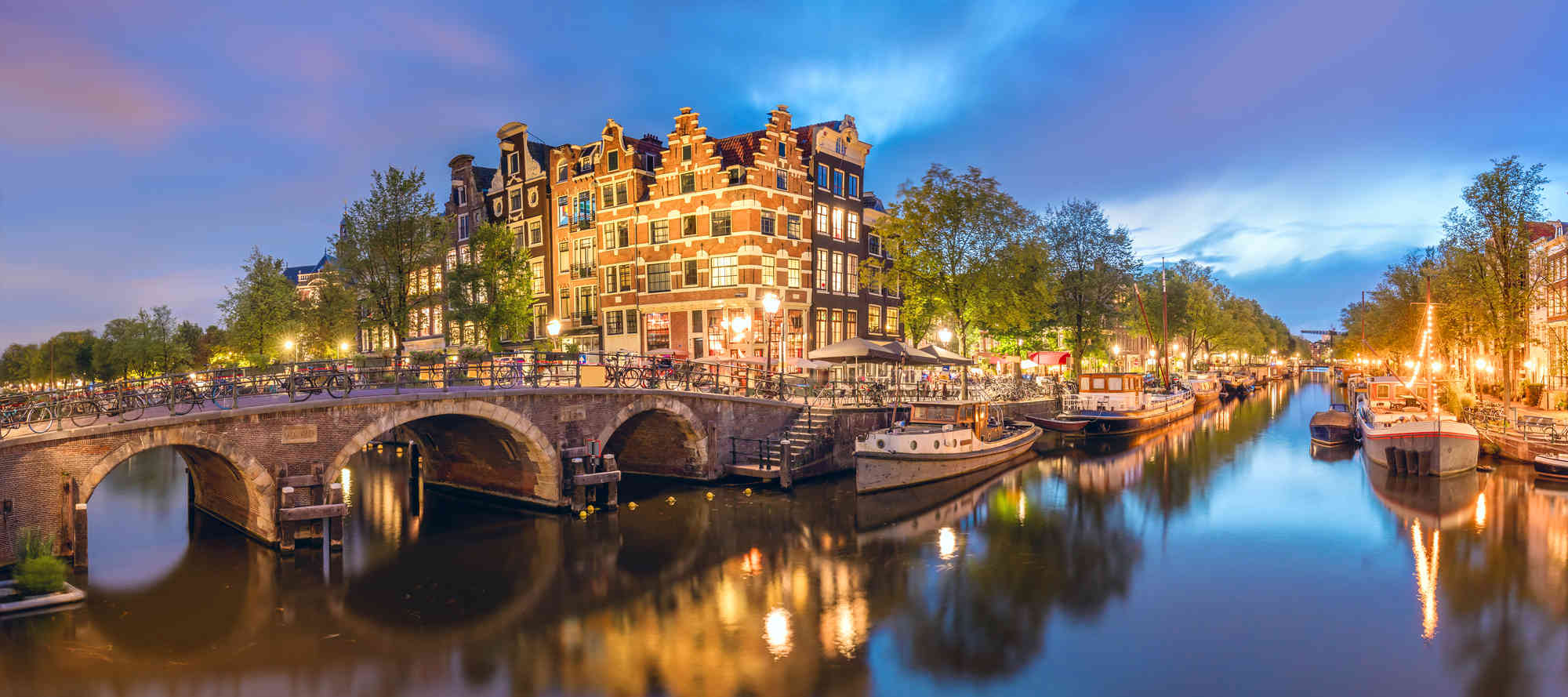To make a river cruise according to the rules of the art, you must start with Northern Europe and, more precisely, with the Rhine and its tributaries: Main and Moselle. The Rhine crosses Germany, France, Switzerland, and the Netherlands before ending its course in the North Sea. This river is truly fascinating to discover different ►
To make a river cruise according to the rules of the art, you must start with Northern Europe and, more precisely, with the Rhine and its tributaries: Main and Moselle. The Rhine crosses Germany, France, Switzerland, and the Netherlands before ending its course in the North Sea. This river is truly fascinating to discover different facets of these countries through the many fortresses, vineyards, and castles, but also to learn more about the legends surrounding these places, such as the myth of Lorelei or the famous Riesling, among others. During this route, the Upper Middle Rhine Valley is a place not to be missed. It is a UNESCO World Heritage Site. This houseboat trip on the Rhine will also be the time to get a good overview of Marksburg Castle and the Black Forest. Other stopovers in regions such as Basel, Rudesheim, Koblenz, Mainz, Cologne, Mannheim, Cochem, Frankfurt, and Amsterdam can be made. In addition, a houseboat cruise in the Loire Valley, Burgundy, or the Canal du Midi is recommended to contemplate the beautiful landscapes of France. In northwestern Europe, the river Lys in the heart of the Belgian canals is interesting to discover two beautiful regions of Belgium, including the plains of Flanders and the rivers in the south of Wallonia. But it is also possible to go through the Meuse, the Sambre, and the Scheldt to see other places. It will also be an opportunity to take the Elbe-Moldau river road that connects the Czech Republic and Germany. Between mountains, cliffs, Gothic castles, and medieval monuments, travelers will be amazed. Other stopovers can enrich Europe's discovery by houseboats, including Prague, Dresden, Leipzig, Berlin, Hamburg, or Potsdam. To visit Central Europe, you have to go through the Danube. It is the second-longest river in Europe and crosses 10 countries. Stretching from the North Sea to the Black Sea, the Danube passes through Austria, Bulgaria, Croatia, Germany, Hungary, Moldova, Romania, Serbia, Slovakia, and Ukraine. A river cruise of this type allows you to admire the great capitals of European countries. This river represents nearly 3,000 km of diverse landscapes, which are magnificent to admire. In addition, on the Danube, the preferred stopovers are Vienna, Budapest, Bratislava, Belgrade, and Ruse. To discover the wonders of Southern Europe, you must go through the Guadalquivir and Guadiana rivers in Spain. They are famous because they allow sun lovers to have a very in-depth overview of the riches of Andalusia from east to west. They perfectly reflect this region's beauty, from snow-capped sierras to arid deserts or white beaches. In Andalusia, the three ports of call are Seville, Cordoba, and Cadiz. Traditions, gastronomy, and flamenco particularly mark these places. Everything is there to discover the colorful Andalusian culture. Then, passing through the Po River in Italy, travelers are generally seduced by the splendor of the landscapes and the cultural richness of cities such as Padua, Bologna, Mantua, Ferrara, and Chigga. A houseboat cruise will also be an opportunity to enter beautiful Venice. Then, between Spain and Portugal, the Douro, also known as the Golden River, stretches for more than 800 km. It begins crossing the Iberian Peninsula to finish its course in the Atlantic Ocean. Lovers of green landscapes will be just as charmed by terraced crops and vineyards as sunny villages. In addition, visitors usually have the chance to pass through the Douro Valley to visit the ancient wine-producing regions. As for stopovers, Lisbon, Porto, Ferradosa, Pinhao, and Peso de Regua should be preferred. ◄
